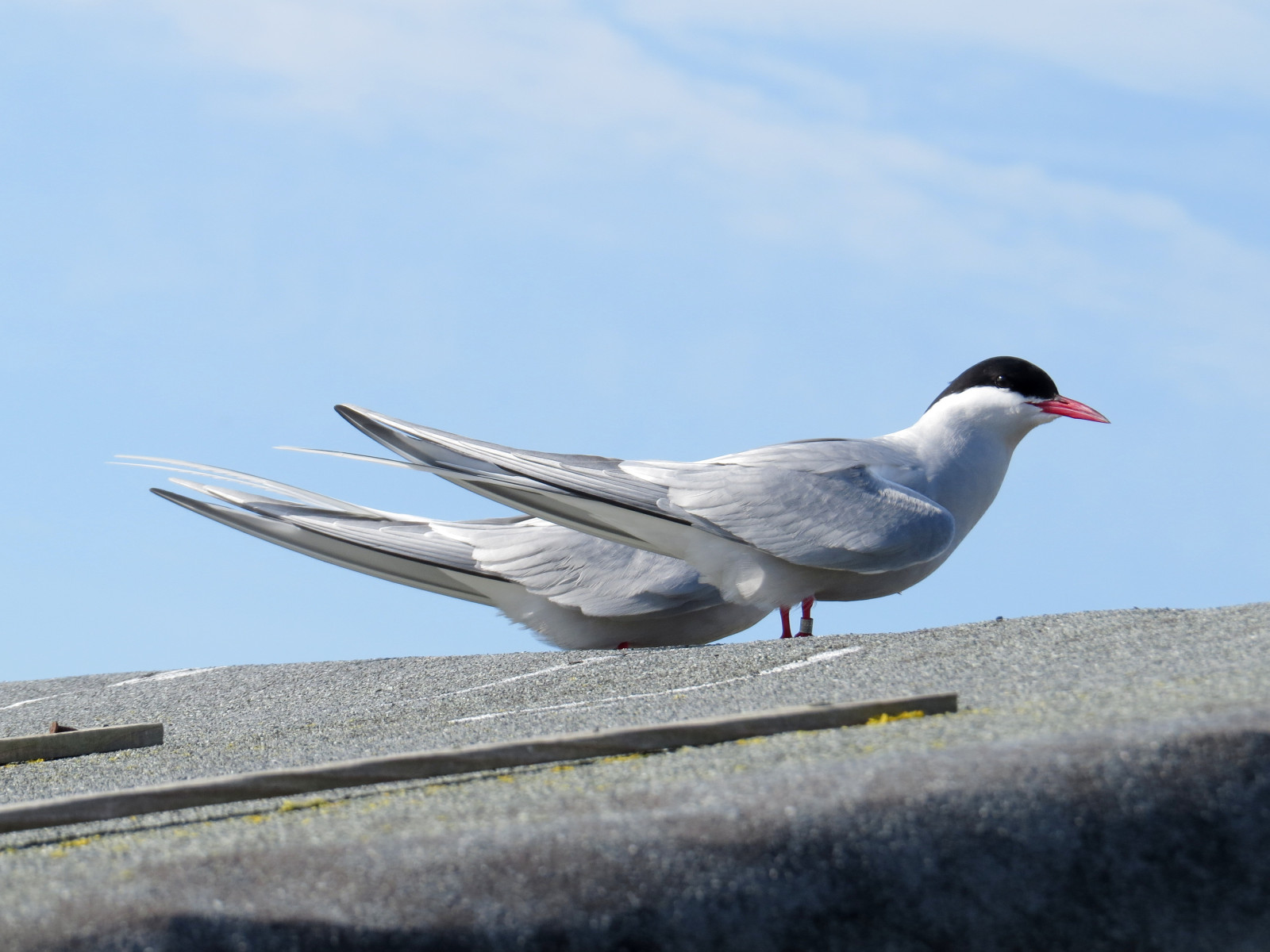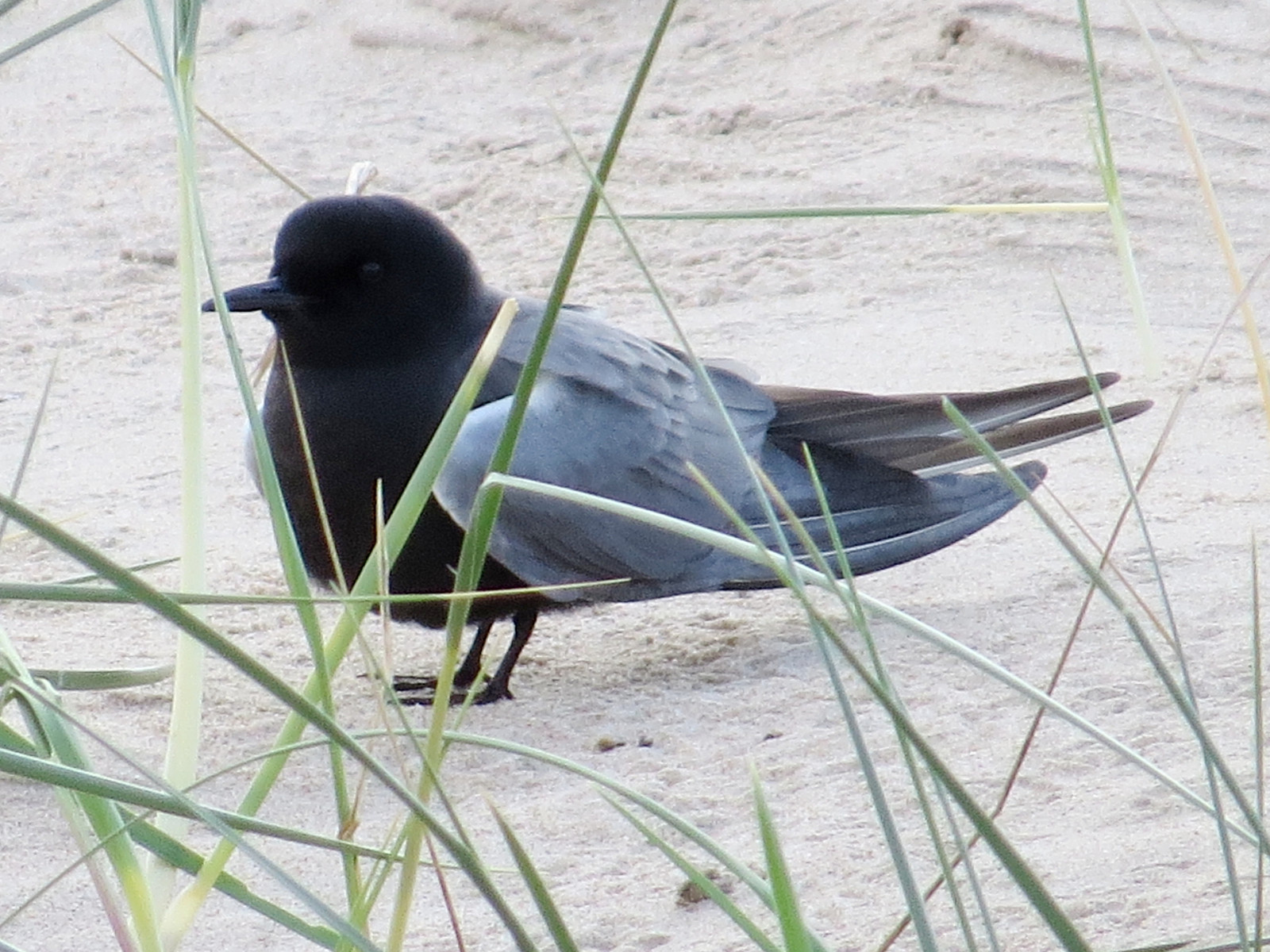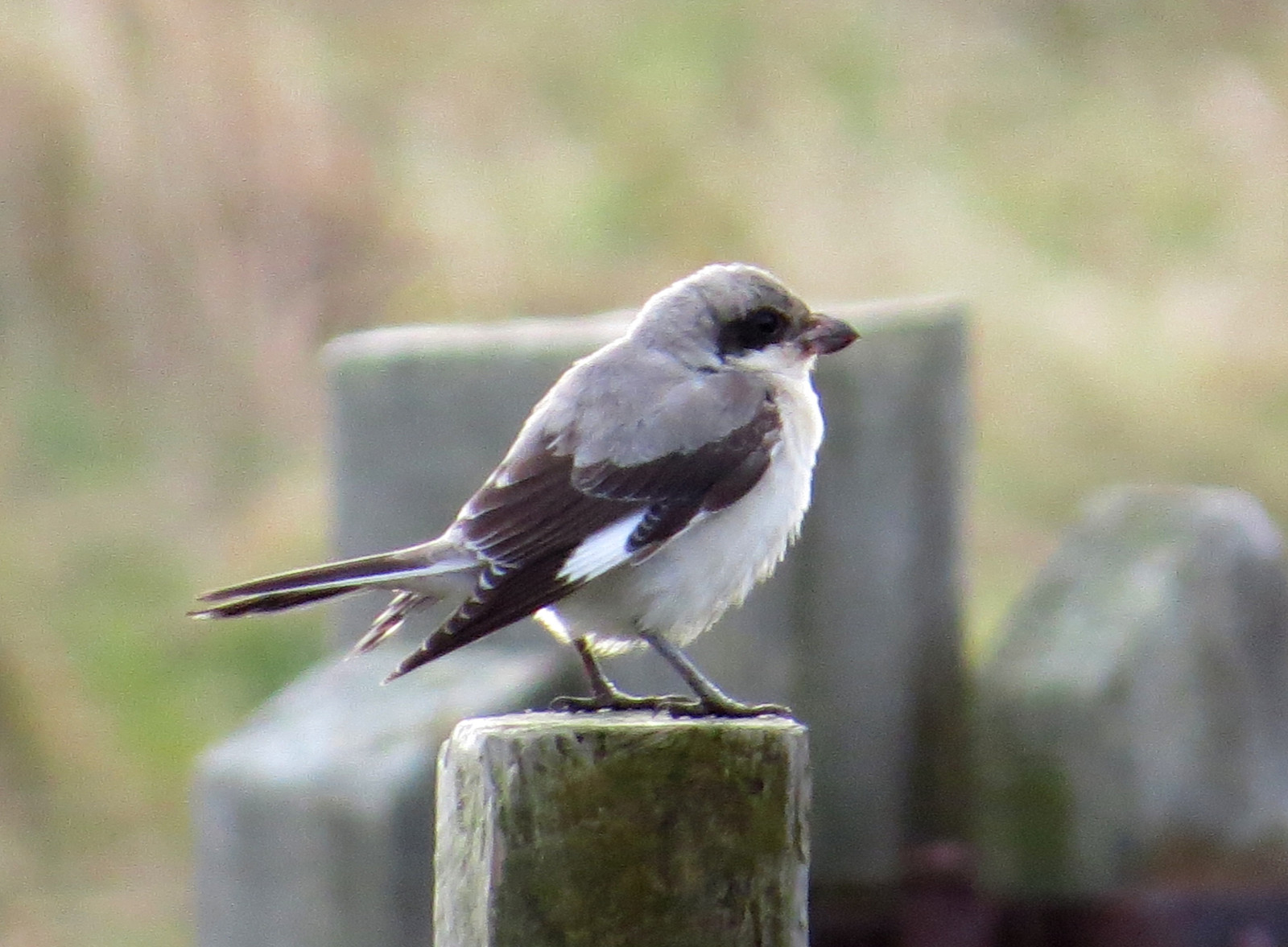Descrição
The Long Nanny is notable for its important tern colony on the beach, and for waders using the estuary. In recent years, 1,000-2,000 pairs of Andorinha-do-mar-árctica and 30-40 pairs of Andorinha-do-mar-anã have bred, and since 2020, a single Gaivina-preta of the American subspecies 'Chlidonias niger surinamensis' has spent its summers at the colony, attracting considerable interest; it has returned in 2025. Andorinha-do-mar-rósea and Garajau-comum also visit the colony regularly, but do not breed.
The tern colony is wardened round the clock in summer. Birders are welcome to visit the wardens' hut, where the terns can be seen at close range. The dunes hold breeding Cartaxo-comum and Petinha-dos-prados, and have good numbers of passage Chasco-cinzento and other migrants. In winter, the saltmarsh often holds a Pintarroxo-de-bico-amarelo flock, which can also attract occasional Cotovia-cornuda and Escrevedeira-das-neves. Brackish water channels in the saltmarsh attract breeding Pato-branco and a good range of passage waders such as Maçarico-real and Maçarico-galego. Many rarer species have been recorded, including Maçarico-sovela, Perna-amarela-pequeno, Picanço-pequeno (2 records!), calhandrinha, and Petinha de Richard.
Detalhes
Acesso
The site is a fairly long walk (about 2 km) from the nearest parking. There is no shelter, and no visitor facilities, so come prepared for both sunburn and bad weather! Most of the walk is easy, but some parts (particularly the final 300 m to the wardens' hut viewpoint) are narrow and loose sand. Parking is available at High Newton to the south (£), and Beadnell to the north (free up to 1 hour, then £). Click on a P in the map for directions. Bus X18 (Newcastle-Berwick) to Beadnell, about 2.5 km. The coastal path is open to cycles, but heavy going through loose sand in places; likewise, difficult for wheelchairs and all-terrain mobility scooters (and the path to the wardens' hut not accessible). It is important to stick to the paths; do not cross the ropes protecting the tern colony.
Terreno e Habitat
Terras húmidas , Planice , Praia , Lamaçais , Agricultura , Árvores e arbustos dispersos , Campina , Rio , Mar , DunasCondições
Plano , Arenoso , Sem sombra , Montanhoso , Possível na maré cheia , Paisagem aberta , SecoCaminho circular
Nãoé útil um telescópio?
Pode ser útilBoa temporada de observação de aves
Primavera , VerãoMelhor hora para visitar
Migração da primavera , Verão , OutonoRota
Caminho largo , Caminho estreitoCaminho dificil
ExtenuanteAcessível por
PéAbrigo/plataforma deobservação de aves
SimInformação extra
If visiting during the breeding season, please share your sightings with the wardens! They will be happy to help you find other birds in return.



